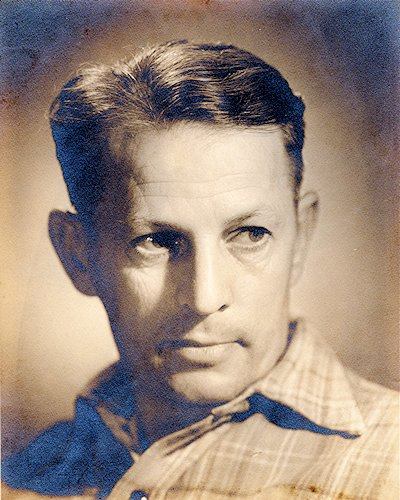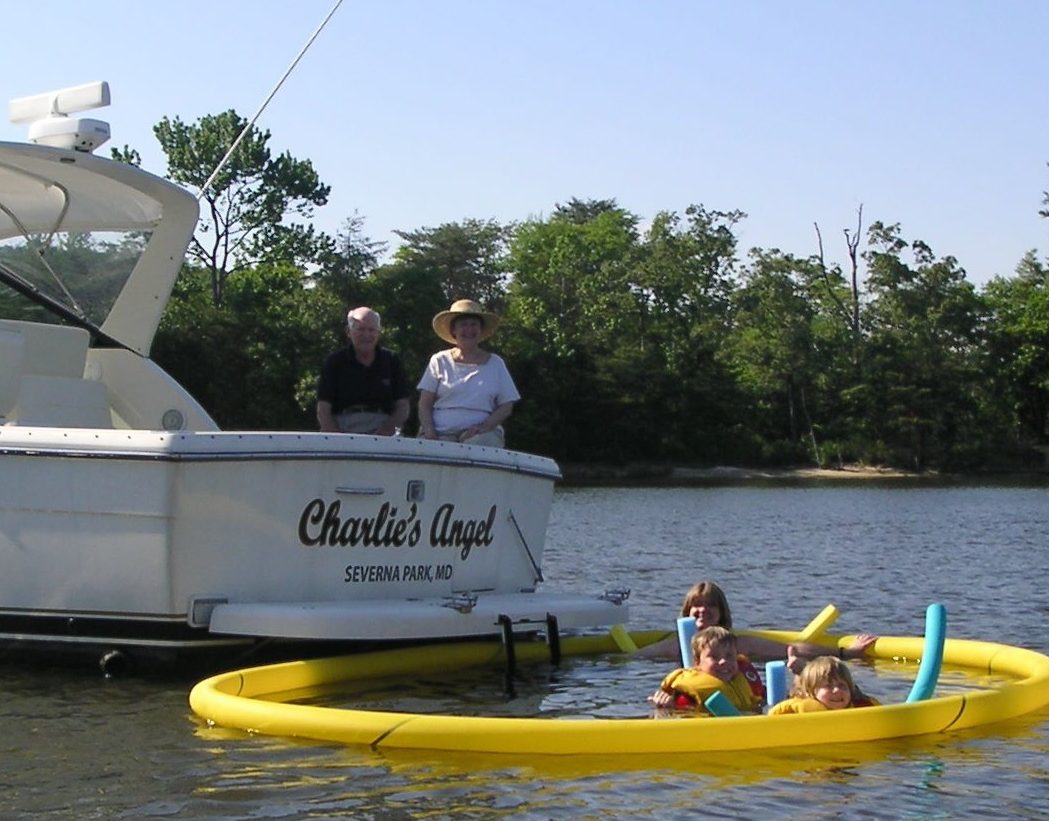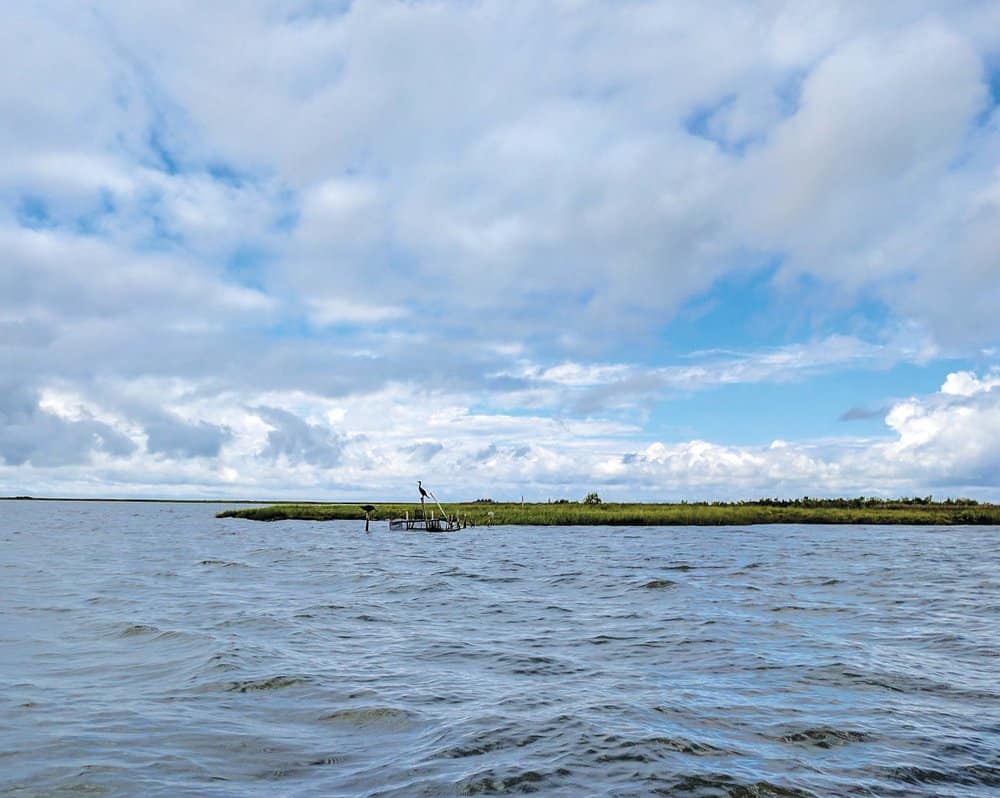Although poet Gilbert Byron has often been called the Henry Thoreau of the Chesapeake, many of the similarities between the two men were coincidental. Despite sharing the same July 12th birthday, they were born in adjacent centuries in different states: Thoreau in Concord, Mass., in 1817 and Byron in Chestertown, Md., in 1903. Yet, both men were school teachers, sailors, ecologists, poets, writers and, most interesting of all, men who lived close to nature in houses they built for themselves next to small patches of water.
When he read Walden for the first time, Byron, in his thirties and perhaps ready for a mid-life crisis, was impressed by the philosophy of the simple life Thoreau espoused, and certainly noticed that part where Thoreau wrote, “How many a man has dated a new era in his life from the reading of a book!”
In the 1840s, Thoreau, a former school teacher seeking a broader margin to his life and wishing to conduct some personal business with the fewest obstacles (he wanted to become a writer), built a 10- by 15-foot house on the shore of Walden Pond at a cost of $28.12. While hoeing his bean field, he was inspired to write Walden, which was published in 1854. Its initial slow scales belied its eventual, enduring success.
A century later, in the 1940s, Gilbert Byron was also getting restless. Some modest success as a writer, a small inheritance and a crumbling marriage compelled him to answer a classified ad for waterfront lots on Old House Cove near St. Michaels for two hundred dollars each, if you can believe it. Byron’s first nine- by 12-foot, one-room house, which cost him $133.17 in 1942, was enlarged with a second room when Byron moved there full-time in 1946.
It would be years before Byron had electricity and running water, but the basic, no-frills lifestyle, besides being the only one that he could afford, allowed him the time and independence to pursue his writing with as few distractions as possible.
Byron was proud of the fact that, in contrast to Thoreau, who lived at Walden for two years, he lived in his cove house for over forty. Byron’s published works include four novels, eight books of poetry, four historical booklets, many magazine articles and a collection of two decades of his weekly newspaper columns. His best known book, The Lord’s Oysters, a fictionalized narrative based on his boyhood in Chestertown, was published in 1957. It is still in print, and many consider it to be one of the best novels ever written about the Eastern Shore of Maryland.
Gilbert Byron died in 1991, a few weeks shy of his 88th birthday. Thoreau’s house is long gone but Byron’s house has been moved to Pickering Creek Audubon Center near Easton, Md., where it plays host to an annual Gilbert Byron birthday party and serves as a focal point for Byron’s broad Chesapeake vision and his life as a writer, teacher, sailor, historian, novelist, lover of the simple life, and student of nature, which continues to inspire people of all ages.
It is humbling to note that the Chesapeake Bay Byron wrote about is gone. The chugging workboats powered by one-cylinder marine engines no longer scare the herons, and there are few working skipjacks left. No proggers scrounge its shores, and the arks in which old watermen floated out their last days on the Chesapeake are no longer.
You can still find them in Gilbert Byron’s The Lord’s Oysters, which is available from most regional bookstores and Amazon.
—James Dawson




